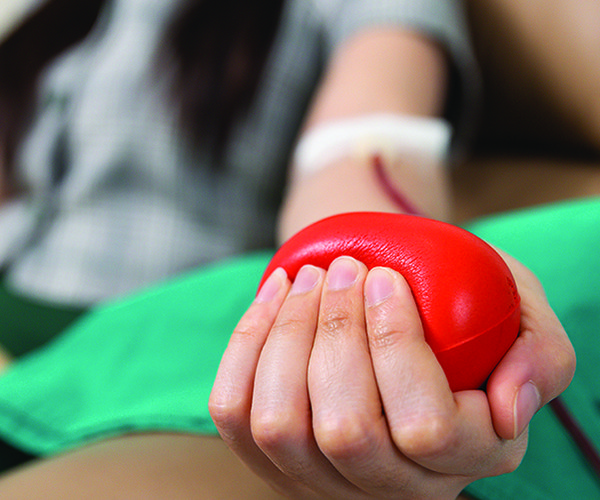Mold is a natural part of the environment and can be found growing just about anywhere that moisture and oxygen are present, advises the Environmental Protection Agency. Mold is a fungus that can be helpful because it breaks down dead organic matter. But mold growth indoors can prove problematic, not only to personal living spaces but to one’s health.
When mold grows outdoors in the fresh air, exposure to it can be minimal. However, mold growing indoors can cause concentrated conditions that adversely affect indoor air quality and overall health. The Rhode Island Department of Health says exposure to a large number of mold spores may cause symptoms associated with allergies, such as runny nose, watery eyes, headache, fatigue, and sneezing, among others. Exposure to certain molds, such as Stachybotrys and Aspergillus, can cause more serious illness because of the mycotoxins these molds produce. Aspergillosis is a fungal lung infection with emerging antimicrobial resistance, says the Centers for Disease Control and Prevention.
The World Health Organization, the National Academy of Medicine and the National Toxicology Program report that occupants of damp, moldy buildings have an increased risk of respiratory problems. Repeated exposure to mold can lead to asthma, which is a chronic airway disease characterized by inflammation, states the National Institutes of Health. Individuals can experience shortness of breath and airway obstruction from the overproduction of mucus.
Additional conditions also can be attributed to mold. For example, valley fever is linked to the fungus Coccidioides, which lives in soil in some areas of the southwestern United States. Mucormycosis is a severe but rare fungal infection caused by a group of molds known as mucormycetes, says the CDC. It affects the sinuses or the lungs of people with weakened immune systems.
Though some people who come in contact with mold will not develop any adverse symptoms, it is still best to address indoor mold problems promptly. The following steps can help.
Use dehumidifiers in damp areas, such as basements.
Ventilate bathrooms, kitchens and laundry areas.
Fix any leaks in pipes, walls or windows promptly.
Use mold-resistant paint.
Make sure that clothes dryers and exhaust fans vent to the outdoors rather than an attic or another room.
Remove mold with mold-killing products. The CDC says mold can be cleaned from hard surfaces with soap and water or a bleach solution of no more than one cup of household bleach to one gallon of water.
Mold is everywhere in the environment, but prevention of indoor mold growth can help people avoid respiratory issues and other health problems.





